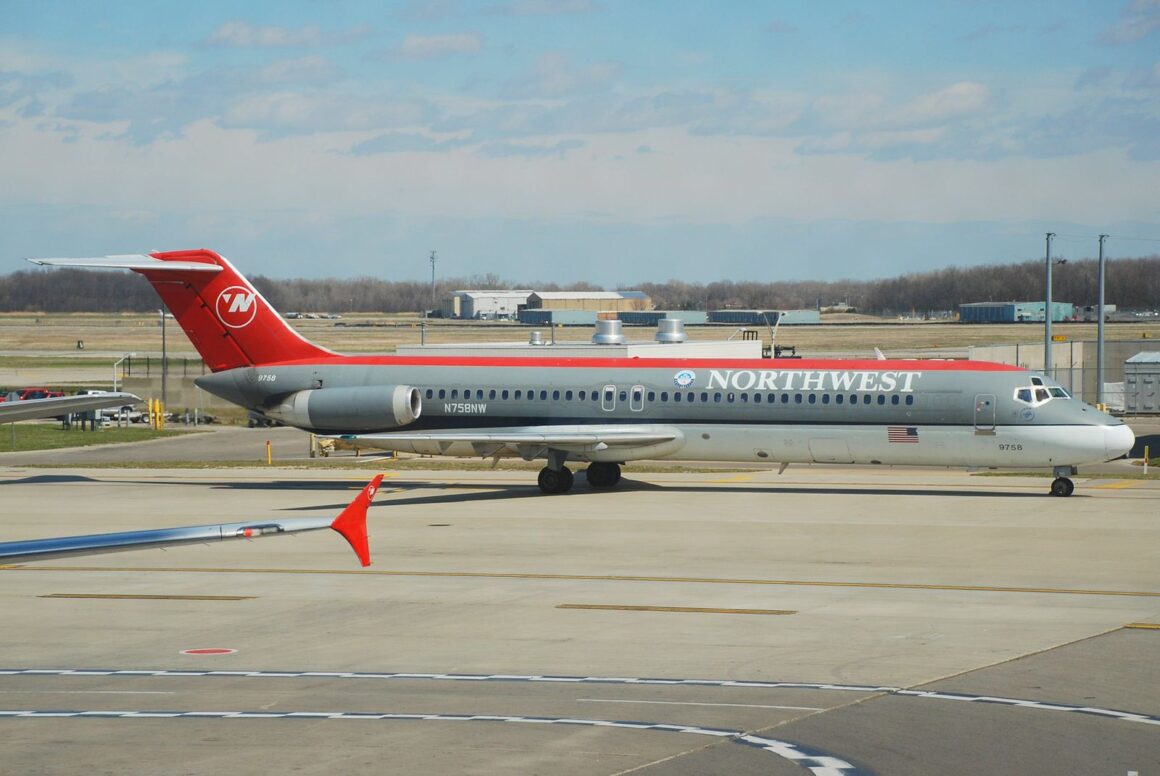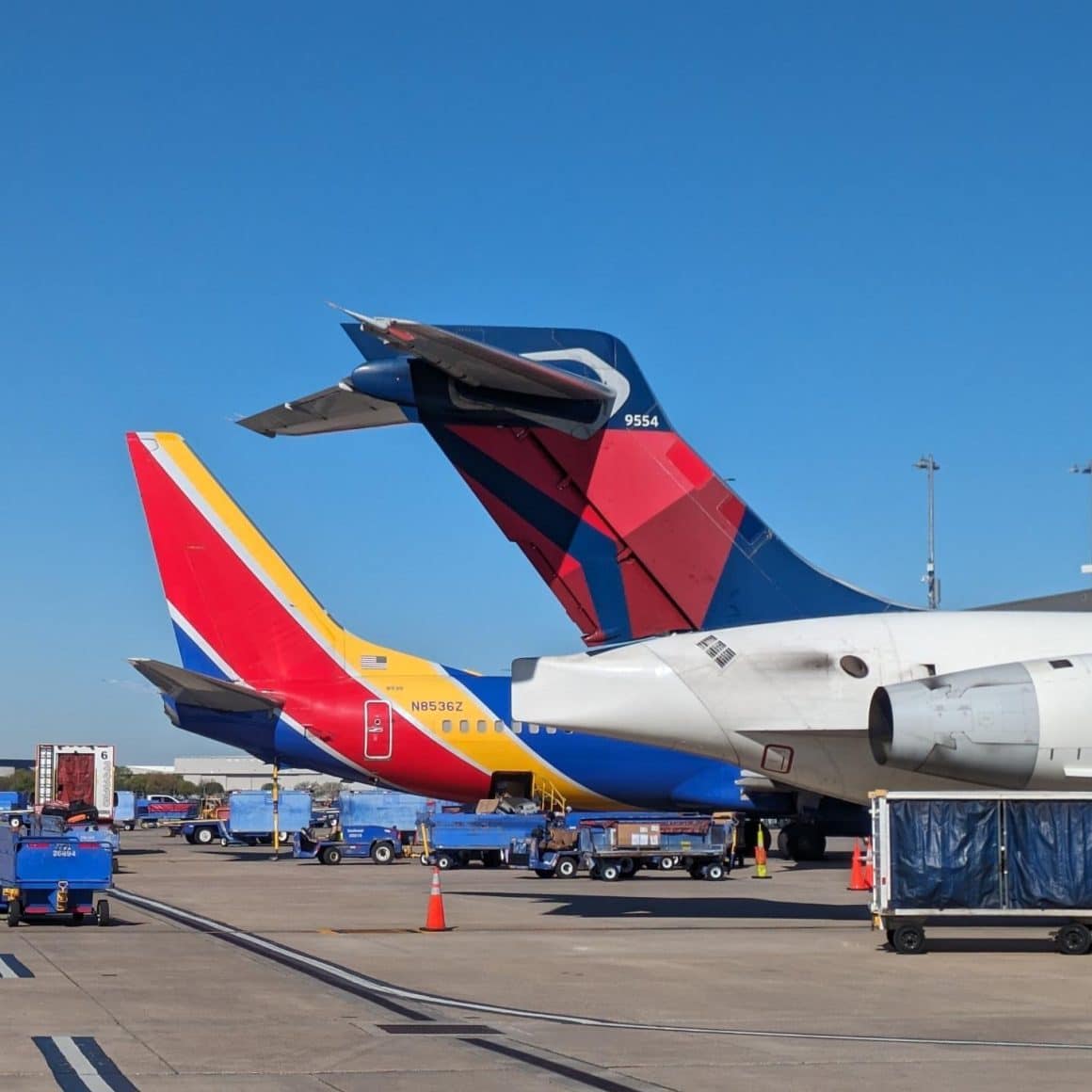The Boeing 717 was McDonnell Douglas’ last ‘new’ aircraft that they designed before being acquired by Boeing in 1997.
Originally called the MD-95, the jet was tailor built as a replacement for the venerable DC-9 that was beginning to age out of service at major US and European airlines.

Major airlines at the time like Northwest, ValuJet (later AirTran), TWA, and SAS all had a sizable fleet of smaller mainline jets, like the DC-9, 737-200, and Fokker 100. McDonnell Douglas (MCD) viewed the MD-95 program as an opportunity to capture this market.
MCD designed a jet that took the best features of the MD-80 and MD-90 programs and fit it into a roughly DC-9-40 sized platform. The jet featured efficient Rolls Royce/BMW BR-715 engines similar to the engines powering Gulfstream’s largest jets at the time and a glass cockpit.
One weak point of this new offering was that MCD decided not to spend the money on a new wing for the jet. This decision limited both the max altitude and range of the jet.
Was the 717 designed to be a one off DC-9-30 replacement?

Not really. MCD had plans to offer multiple versions/sizes of the MD-95 family. They first planned to release the MD-95-30 (which became the Boeing 717).
The hope was that the DC-9-30ish size of the jet would spur enough orders from major customers and power a push for additional variants of the 717 family.
Their plan wasn’t crazy. Airlines were also interested in a larger MD-80 sized version of the MD-95. Unfortunately, the merger with Boeing limited the potential success of the MD-95.
What killed the Boeing 717?
After MCD’s merger with Boeing, Boeing publicly committed to building the MD-95. They later renamed it the Boeing 717-200. Boeing also stated that they intended to fulfill all existing orders initially but also market the aircraft for new orders too.

Unfortunately for the 717, the timing wasn’t right. Many airlines were knee deep in debt after the tragic events of September 11th and couldn’t afford new aircraft.
Boeing also had a competitor in their own lineup, the Boeing 737-600. The next gen guppy filled a similar niche but offered a ready made family with the larger -700 and -800. All next generation 737s had coast to coast capability, something that the Boeing 717 lacked.
The Boeing 717-300 had an interested buyer though

It was rumored that AirTran was seriously kicking the tires on a larger Boeing 717-300 that would have offered longer range in an MD-80 sized jet. However, it was said that Boeing pushed the company towards a 737-700 purchase instead.
Boeing was also said to offer the Boeing 717-100 to various airlines. However, more tailor-made regional jets already in production by other manufacturers precluded development of the potential Boeing 717 shrink.
The end for the 717
The last Boeing 717 rolled off the assembly line in April of 2006. It was McDonnell Douglas’ last commercial jet ever built. In total, only 156 jets were produced over the length of the program.

In the mid-2010s, the 717 did have a bit of a renaissance. Delta acquired a fleet of 717s from Southwest Airlines. The jets proved a great fit for Delta to bring mainline service back to markets that were growing in terms of demand. It was also the perfect jet for customers who were growing tired of regional jets lack of amenities.
The 717 is expected to continue service at airlines like Delta and Hawaiian for at least the next 3-4 years before the limited supply of replacement parts for the jets dry up and make continued service uneconomical.
